Manuale Ryobi RWS1600 Sega circolare
Hai bisogno di un manuale per il tuo Ryobi RWS1600 Sega circolare? Di seguito è possibile visualizzare e scaricare gratuitamente il manuale in PDF in italiano. Questo prodotto attualmente ha 3 domande frequenti, 0 commenti e ha 0 voti. Se questo non è il manuale che desideri, contattaci.
Il tuo prodotto è difettoso e il manuale non fornisce alcuna soluzione? Rivolgiti a un Repair Café per il servizio di riparazione gratuita.
Manuale
Loading…

Loading…
Valutazione
Facci sapere che cosa pensi della Ryobi RWS1600 Sega circolare valutando il prodotto. Vuoi condividere la tua esperienze con questo prodotto o porre una domanda? Ti preghiamo di lasciare un commento al fondo della pagina.Maggiori informazioni su questo manuale
Comprendiamo che sia bello avere un manuale cartaceo per i tuoi Ryobi RWS1600 Sega circolare. Puoi sempre scaricare il manuale dal nostro sito web e stamparlo tu stesso. Se desideri avere un manuale originale, ti consigliamo di contattare Ryobi. Potrebbero essere in grado di fornire un manuale originale. Stai cercando il manuale del tuo Ryobi RWS1600 Sega circolare in un'altra lingua? Scegli la tua lingua preferita sulla nostra home page e cerca il numero del modello per vedere se è disponibile.
Specifiche
| Marca | Ryobi |
| Modello | RWS1600 |
| Categoria | Sega circolari |
| Tipo di file | |
| Dimensione del file | 12.84 MB |
Tutti i manuali per Ryobi Sega circolari
Altri manuali di Sega circolari
Domande frequenti su Ryobi RWS1600 Sega circolare
Il nostro team di supporto cerca informazioni utili sul prodotto e risposte alle domande più frequenti. Se trovi un’inesattezza nelle nostre domande frequenti, ti preghiamo di farcelo sapere utilizzando il nostro modulo di contatto.
A quanti millimetri sotto al materiale da segare deve arrivare la sega? Verificato
Si consiglia almeno di arrivare almeno a 3 mm. A una distanza minore, il materiale potrebbe sbriciolarsi o rovinarsi.
È stato utile (95) Per saperne di piùDevo indossare una protezione per l'udito quando uso una sega circolare? Verificato
Si, dovresti. Sebbene la quantità di rumore prodotta da una sega circolare possa variare a seconda delle marche e dei modelli, l'esposizione a lungo termine a rumori forti può causare danni permanenti all'udito. Ecco perché è una buona idea indossare una protezione per l'udito.
È stato utile (43) Per saperne di piùPosso riporre gli utensili elettrici in un capannone o in un garage? Verificato
In generale, puoi riporre gli utensili elettrici in un capannone o in un garage, anche se a volte lì gela. Tuttavia, per garantire la durata di vita dell'elettroutensile, è meglio conservarlo in un luogo asciutto e senza forti sbalzi di temperatura. In un capannone o in un garage, le differenze di temperatura possono causare la formazione di condensa, che può causare ruggine. Inoltre, gli strumenti alimentati a batteria durano meno e non si caricano bene a temperature molto basse. Per essere sicuri di come riporre il vostro elettroutensile, leggete sempre attentamente il manuale dell'utente.
È stato utile (13) Per saperne di più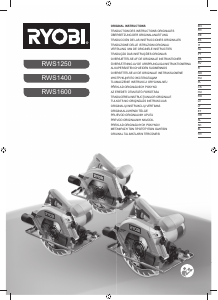


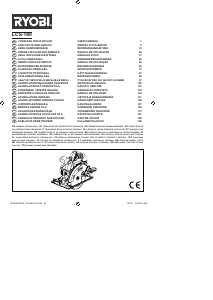
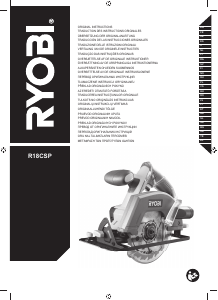
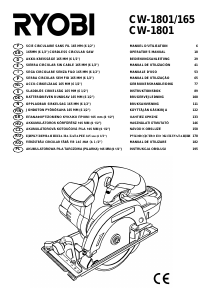
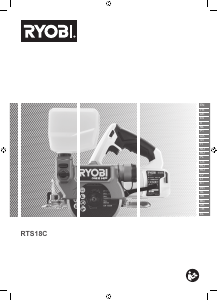
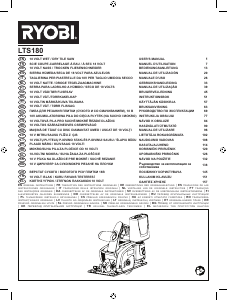
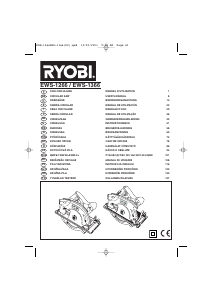
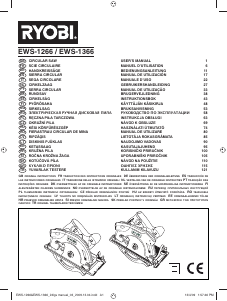
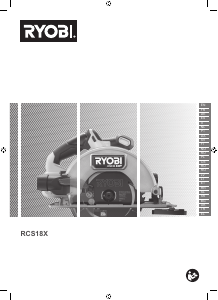
Partecipa alla conversazione su questo prodotto
Qui puoi condividere cosa pensi di Ryobi RWS1600 Sega circolare. Se hai una domanda, leggi prima attentamente il manuale. La richiesta di un manuale può essere effettuata utilizzando il nostro modulo di contatto.